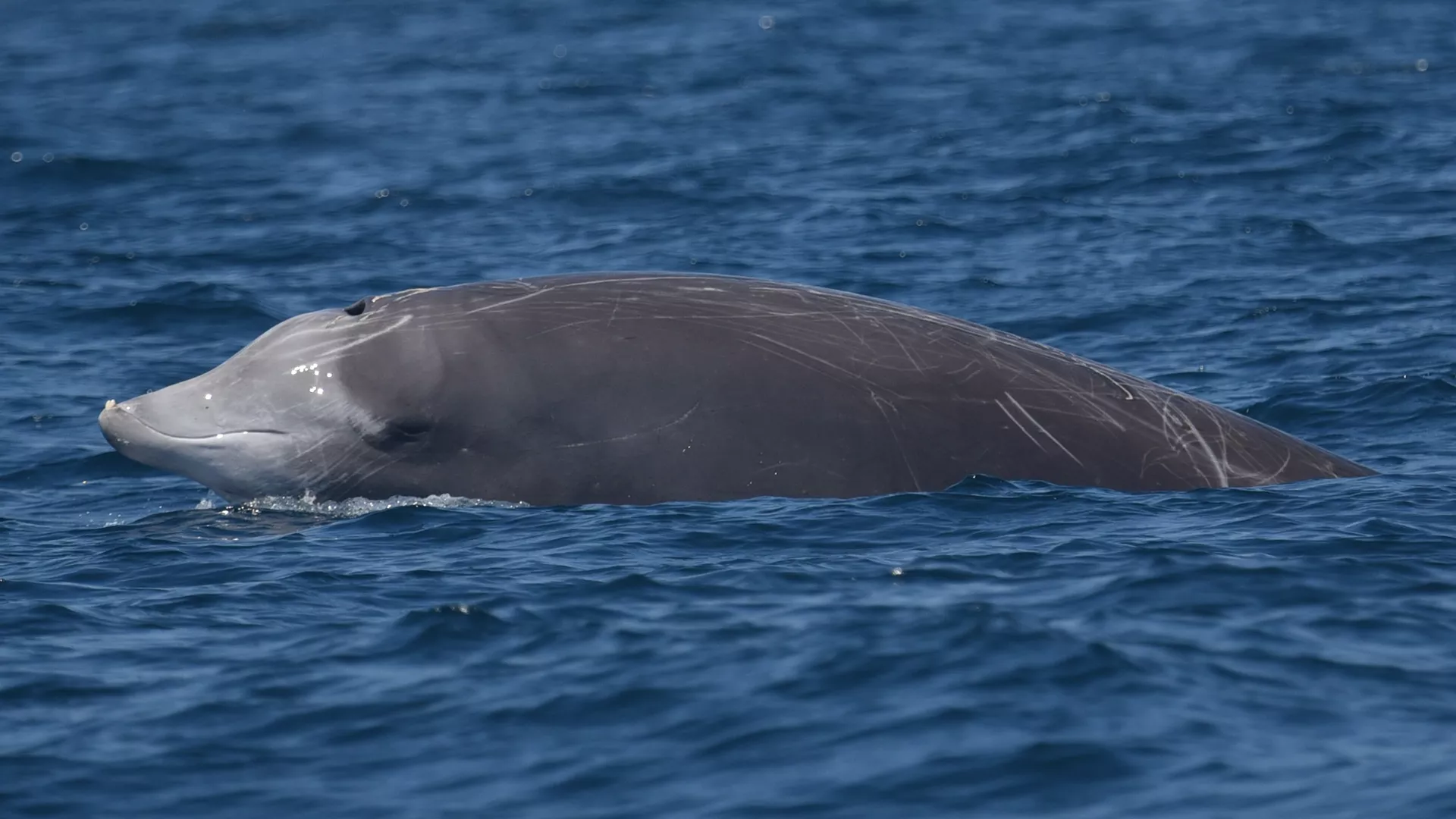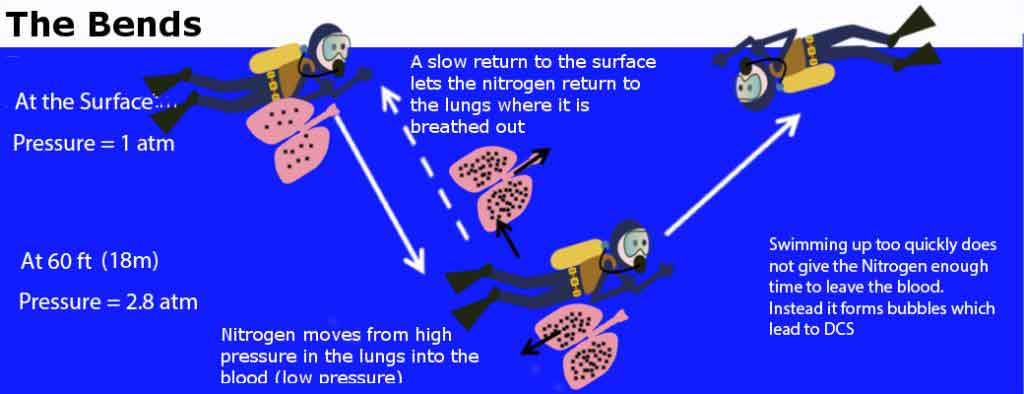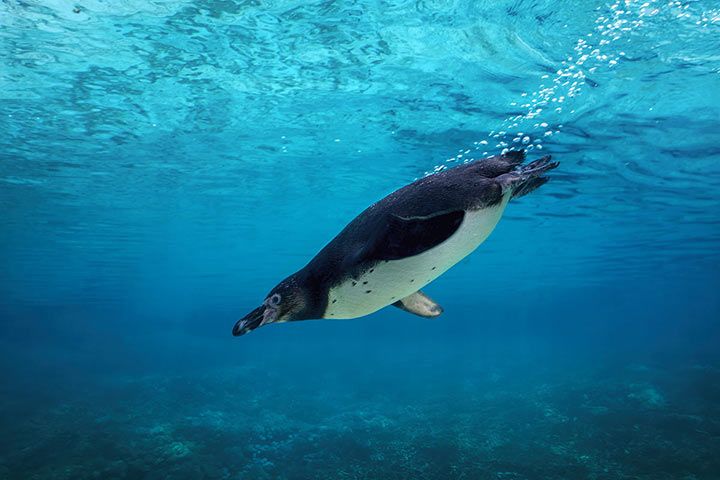By Fanis Michalakis,
Diving vertebrates are a group of animals that, after life went out of the ocean to land, and returned to the sea. These animals include sea snakes, otters, whales, dolphins, penguins, marine iguanas, sea lions, and many other animals that spend most of their time submerged. Most of these animals dive in shallow waters, up to 10 meters in depth, and spend a few minutes for each dive. Some of them, however, routinely make dives, that can reach hundreds of meters and spend even more than an hour underwater. The world record belongs to the beaked whales who reached a depth of 1888 meters in a dive of 85 minutes. But since these animals had previously adapted to life on land, they needed new adaptations to help them achieve those dives.

One big issue is the production of energy. Typically, our cells use oxygen to produce energy, but when oxygen runs low, they can switch to anaerobic metabolism, which doesn’t require air to be completed. The disadvantages of this switch are that the energy produced is a fraction of what would otherwise be made and that this produces lactic acid, which in high concentration is toxic and must be removed. So, in deep dives, the animals have been shown to rely more on anaerobic metabolism and have mechanisms to tolerate higher concentrations of lactic acid. Another adaptation is the change in blood flow. To keep the blood pressure stable, the animals prevent the blood from reaching the outside tissues and limit the blood flow to just the vital organs. To hold more oxygen, the animals created oxygen stores, which are located in their blood, muscle, and lungs. Their lungs are larger than their terrestrial counterparts and their blood shows an increased concentration in blood cells while their myoglobin and hemoglobin are 10-30 greater than animals on land.
Decompression sickness is a major illness that can occur during diving. As we dive to bigger depths, the air pressure rises, leading to excess molecules entering our lungs with every breath. Our body uses oxygen, but the nitrogen gets accumulated in our bloodstream. At that current depth, the diver won’t have any problems, but a fast ascent will not let the nitrogen return to the lungs, and the excess nitrogen in our blood will start forming bubbles, which can lead to many symptoms, including fatigue, headache, vertigo, and vision problems. To avoid these symptoms, the divers follow instructions before, during, and after their dive. For more information (in-depth symptoms, causes, instructions for treatment and prevention) about Decompression sickness and diving, you can click here or here. But it begs the question. How do marine mammals dive without experiencing these symptoms?

The true answer is complicated. We still do not fully know what is going on, and most of our knowledge comes from applying our diving experiences to deep-diving animals. There are cases of dolphins or whales that were stranded, and necropsies confirm the presence of bubbles in their tissues, and we have found skeletons of sperm whales with injuries from the gas bubbles. These findings suggest that marine mammals are not immune to decompression sickness, and sperm whales might always tolerate having some bubbles in their tissues, but not enough to be fatal.
Scientists in an attempt to find the mechanisms that allowed diving mammals to avoid facing decompression made experiments on captive mammals. They forced them to dive and observed their responses. They found that the two primary adaptations were the “dive response” and lung collapse. The “dive response” included several physiological changes, most notably peripheral vasoconstriction, and bradycardia. For the lung collapse, as the animal goes deeper, the pressure increases, which causes the volume of the lungs to decrease. The biggest changes happen in the first meters, since at 10 meters the lung volume becomes half of what is at sea level. Too much pressure would lead to the lungs not functioning, as their volume would reach zero.
To prevent this, their alveoli are designed to collapse first, and they have modified lung walls that allow a complete lung collapse and may aid in inflation after the dive. The same logic goes for the middle ear, which is filled with air normally, so the animals fill the air spaces with blood as they dive to protect it. However, it should be noted that because the dive was forced, the responses were bigger than those in voluntary dives. Two other factors are the behavior of the animal, and the other uses for air in the lungs underwater. The most common are buoyancy, and sound production (in the case of whales for social calls). The air may be stored in the lungs or other cavities for use in greater depths. In other words, this phenomenon is more complicated than we initially thought, and the behavior of the animals could affect it as well.
References
- Hooker, S.K et al. Deadly diving? Physiological and behavioural management of decompression stress in diving mammals. royalsocietypublishing.org. Available here
- Costa, D.P. Diving Physiology of Marine Vertebrates. researchgate.net. Available here
- Watwood, S.L et al. Deep-diving foraging behaviour of sperm whales (Physeter macrocephalus). Journal of Animal Ecology, Volume 75, Issue 3 p. 814-825
- Moon, R.E. Decompression Sickness. msdmanuals.com. Available here
- Chertoff, J. What Is Decompression Sickness, and How Does It Happen?. healthline.com. Available here




